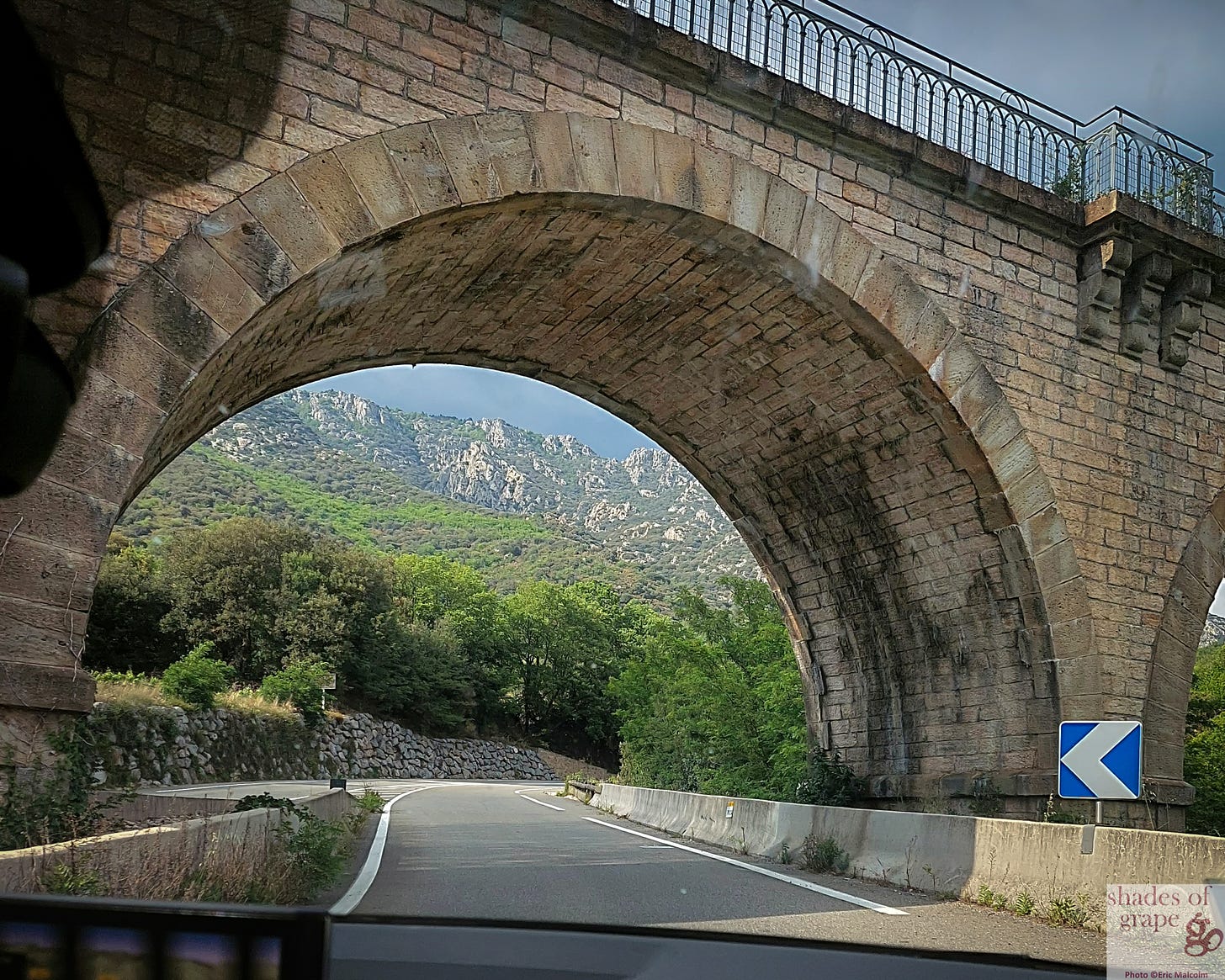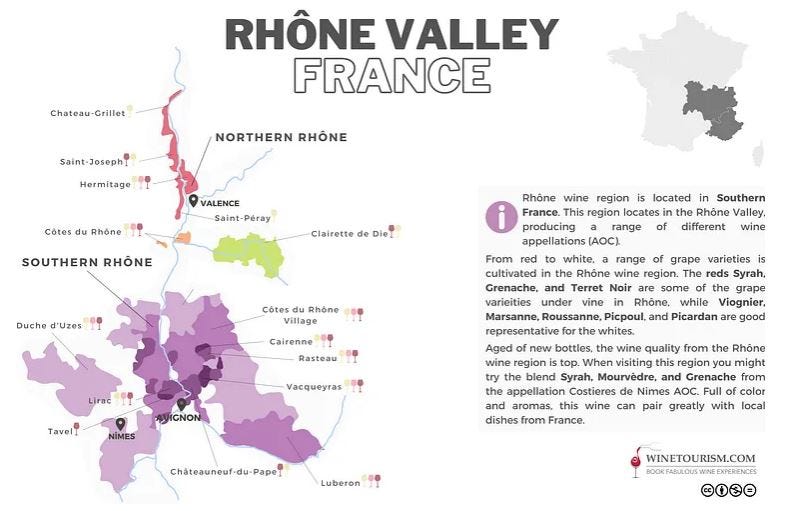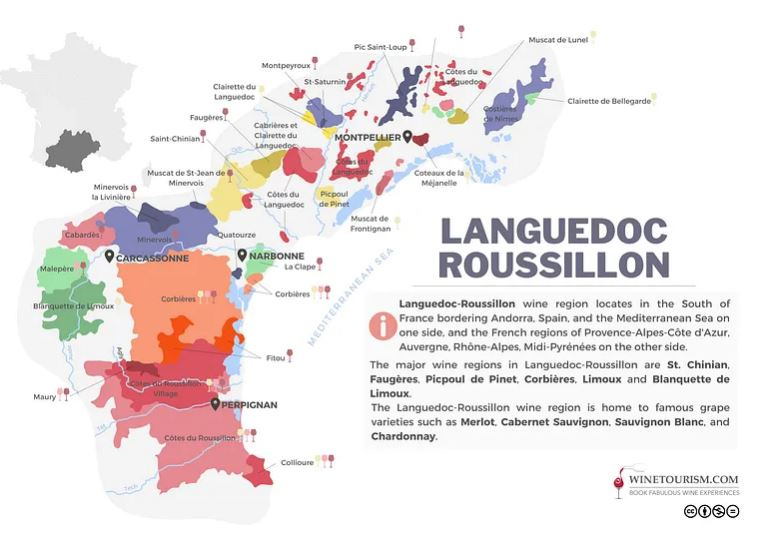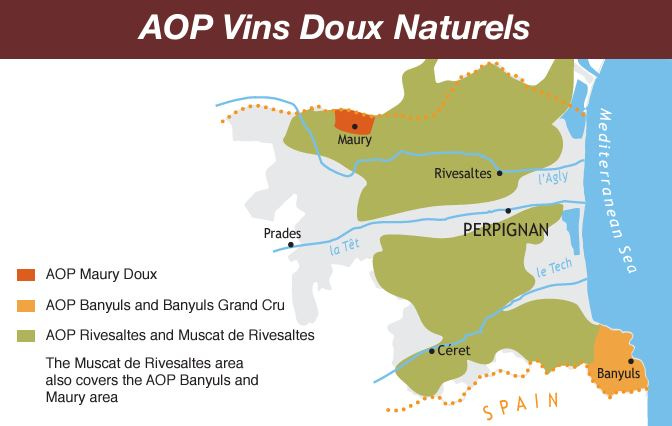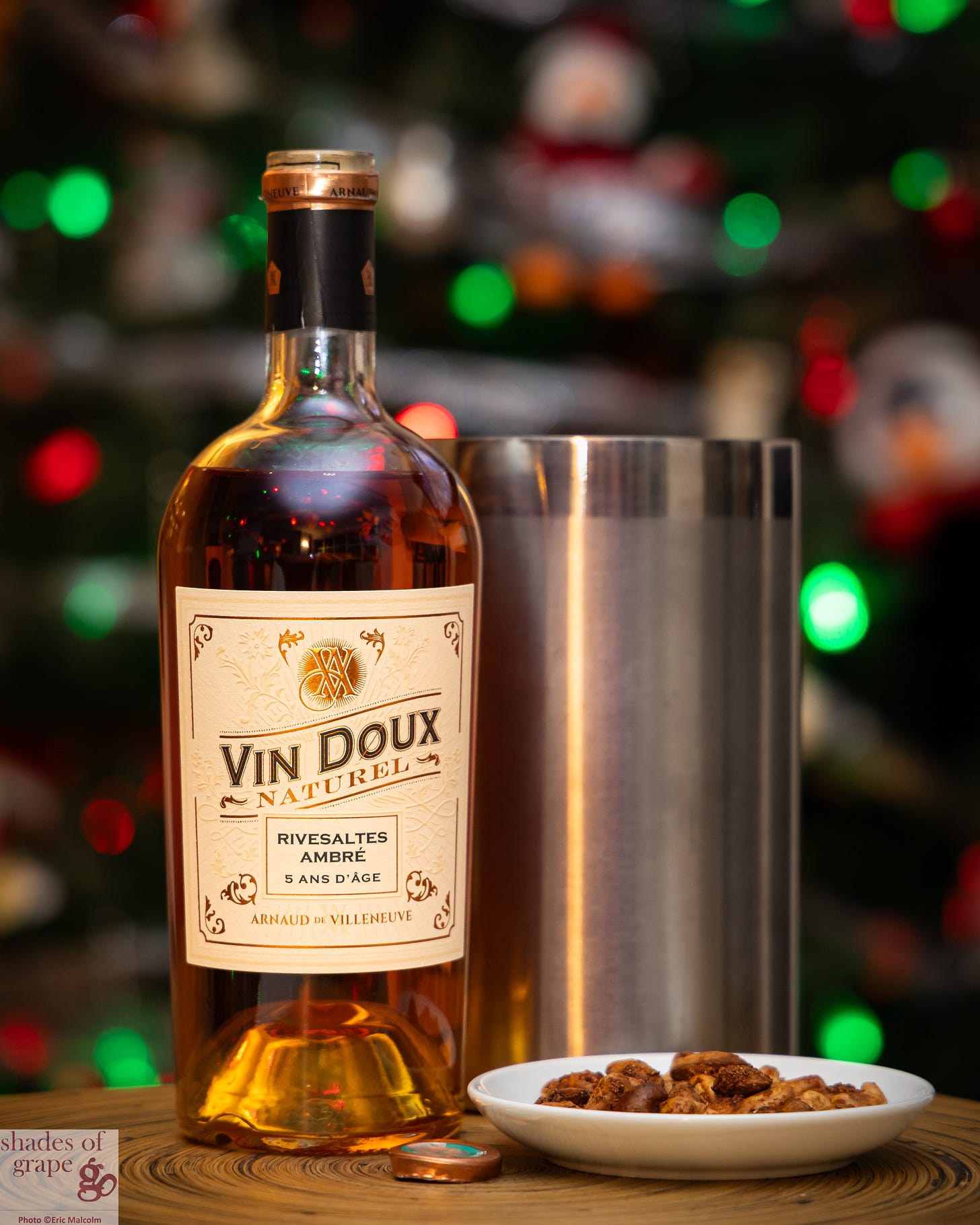VDN Wines - A Dinner Party's Perfect Ending
- grenache to muscat, rhône to roussillon and exploring Frances's sweet wine gems
Several months back, I wrote an article on Grenache, where Grenache himself narrated about his existence. Therein I, or rather Grenache, discussed how he can be a vins doux naturels or VDN (naturally sweet wine).
Before you unsubscribe because you do not want to hear about sweet wines, please stay with me.
When sweet wines are done properly, they are divine. You have likely been scared by cheap, manufactured sweet wines from big brands. But for a little more money a sweet wine, typically a historic one, can knock your socks off. I love to end a meal with them – no better way to linger with friends, cheese, nuts, and dessert!
I am still not convinced about these VDNs, Eveline. But unfortunately, I am apparently stuck in this obscure relationship with you in these articles. Unsubscribing is not an option, so I guess I will listen. Uuuggh!
These wines are sweet, fortified wines produced in different regions of France.
Oh fortified – that means higher alcohol, correct?
Yes, it means spirit is introduced to stop the fermentation before all the grape sugars have been converted to alcohol. The nice thing though is that VDNs are much lower alcohol compared to most fortified wines like Port, Madeira, and some Sherries.
For VDN, a neutral grape spirit of 95-96% alcohol per volume (abv.) is added.
WHOA! BOOZY…
Less than you may think. With VDNs the spirit ends up being only 5-10% of the total volume. The outcome is an overall abv. between 15-18% total. The alcohol is typically extremely well integrated resulting in no ‘spirity’ character.
Well 15%+ abv. wines are common these days, so that is not bad comparatively. I am now more interested! Are VDNs only made with Grenache?
These wines can be made with Grenache Noir, Grenache Blanc, and Grenache Gris. But they can also be made with Muscat, which is a family of grapes – the ones used here are Muscat Blanc à Petits Grains and Muscat of Alexandria
Lastly, Macabeu/Macabeo is sometimes added to the blend, as is the case in the featured wine.
The regions & sub-regions
So where are these made exactly in France?
The wine regions are all in Southern France, specifically Southern Rhône Valley, Languedoc, and Roussillon. In the southern Rhône, there are two famous VDNs called Muscat de Beaumes-de Venise and Vin Doux Naturel Rasteau. In Languedoc, they are made in the Muscat de Frontignan and Muscat de St-Jean-de-Minervois sub-regions.
But most VDNs come from Roussillon – like today’s featured wine which is from the Rivesaltes sub-region. Roussillon VDNs also are made in Maury and Banyuls. From the map below, you see these sub-regions are very close to the Spanish border.
The styles
In terms of winemaking are they just a regular wine with added booze?
There are two general VDN style categories, an unaged youthful style and an aged oxidative style.
Similar to Porto!
Indeed, at a high level, the first style would be like a young Ruby Port and the latter would be like an aged Tawny Port.
For the unaged version the Muscats will have a floral, grapey, citrus, peach, pear, exotic fruit, and honey character, while the Grenache Noir will have flavors of cherry, blackberry, raspberry, plums, and spice.
The aged wines will have more complexity. They will typically develop flavors of nuts, dried fruit (orange, mango, fig, prunes, fruit cake), leather, coffee, honey, marmalade, caramel, cocoa, tobacco, and baking spice.
I am still stuck on the origin of these wines! How would someone come up with stopping alcohol generation with alcohol! Clever, really!
Thanks for the segue!
The person in question is Arnaldus de Villanova, who was a medical doctor and scholar among other things. He focused some of his research on alcohol. Born in the 13th century, likely in Spain, he was a professor of medicine at the University of Montpellier in Southern France. Popes and kings entrusted him as their medical doctor. In fact, it is while being summoned by Pope Clement V that Arnaldus died in a shipwreck in 1311.
Among his discoveries were how adding alcohol to wine stopped fermentation since the yeast cannot survive in the higher alcohol environment. This is called mutage. The key contribution in this case is that the mutage allows residual sugar to remain in the wine, creating a sweet wine.
And poof – vins doux naturels were born!! Wow 13th century. You weren’t kidding that these are historic wines!
Special isn’t it!
Which leads us to the featured wine’s producer, or in this case producers as we are talking about a cooperative. They named the cooperative Arnaud de Villeneuve after Arnaldus de Villanova, which is the French version of his name.
Within the Roussillon region the VDN labels will indicate the style rather precisely. The tricky part is that if you are not familiar, these terms are not necessarily intuitive. Let’s used the featured wine as an example, a Rivesaltes Ambré. Ambré means amber. Aged whites wines darken to gold, amber, and then brown shades. Using this logic, the name ambré indicates the wine is made of white grapes and is aged.
Okay, not intuitive.
No. And it doesn’t indicate the grape variety (it may be on the back label however).
This one however is made of Grenache Blanc, Grenache Gris, and Macabeu/Macabeo. It has also been aged 5 years. Ambrés can also be aged longer.
The added confusion is that Banyuls and Rivesaltes use different terms to elaborate on their styles. So go here if you want to get into the nitty gritty details. The key thing is to remember that non aged wines are fresh fruit dominant, and the aged wines are more complex with dried fruit, chocolate, spice, tobacco, and leather flavors.
I feel inspired to explore!
That’s the spirit!
Is that a pun?
You bet your VDN!
Using my recommendations? Consider upgrading to a paid subscription.
Arnaud de Villeneuve Rivesaltes Ambré 5 ans d’âge from Roussillon, France
Style: Sweet aged white wine
Varieties: Grenache blanc, Grenache gris, and Macabeu
This outstanding sweet wine has pronounced flavor intensity of orange, dried orange peel, lemon, mango, exotic fruit, raisins, and dried pear. It also has the complexity of almonds, hazelnuts, coffee grounds, caramel, and cloves notes. The acidity cleanses all sweetness of the palate after every sip. The alcohol is particularly well integrated. This wine has a well balanced structure, precision of flavors and aromas, and a long finish.
Best pairings: Foie Gras, Sweet and sour dishes, Thai & Indian Cuisine, Dried fruit tarts, Cakes, Crème Brûlée, Ice Cream, Chocolate, Hard Goat Cheese, Roquefort, Almonds, and Hazelnuts
Serving Temperature: 8-10 degrees Celsius
Serving Tips: Admire the color, this amber wine has a beautiful orange shade
Price: ~$ 23 Cdn
I have compiled all my wine recommendations in one place. I will do my best to keep this up to date. I also include the link(s) to the article in which the wine was featured.
Like what you are reading? Click on the ❤ to let me know it resonated with you!
SOURCES:
Arnaldus de Villanova (no date) wein.plus. Available at: https://glossary.wein.plus/arnaldus-de-villanova (Accessed: 10 December 2024).
Free wine maps to download (no date) WineTourism.com. Available at: https://www.winetourism.com/wine-maps/#terms-to-use-winetourism.com-wine-maps (Accessed: 10 December 2024).
Harding, J. and Robinson, J. (2023) The oxford companion to wine. Oxford, United Kingdom: Oxford University Press.
Home - Arnaud de Villeneuve (2023) Arnaud de Villeneuve - Tous les vins du Roussillon. Available at: https://arnauddevilleneuve.com/en/adv/ (Accessed: 10 December 2024).
MacNeil, K. (2022) The wine bible. New York, NY: Workman Publishing.
Pacina (2024) Rosenthal Wine Merchant. Available at: https://rosenthalwinemerchant.com/growers/pacina/ (Accessed: 03 December 2024).
Roussillon map 2020.INDD. (2020) - wines of Roussillon. Available at: http://winesofroussillon.com/wp-content/uploads/2020/10/ROUSILLON-MAP-2020_Small_NoBleed.pdf (Accessed: 10 December 2024).
Roussillon (2021) Reach for Roussillon, Roussillon. Available at: http://winesofroussillon.com/ (Accessed: 10 December 2024).
The Vine Agency (No date). Available at: https://thevineagency.ca/portfolio/italy/tuscany/pacina (Accessed: 03 December 2024).
Wine & Spirit Education Trust (2021) D3: Wines of the World - An accompaniment to the WSET Level 4 Diploma in Wines. Version 1.2. London: Wine & Spirit Education Trust.


